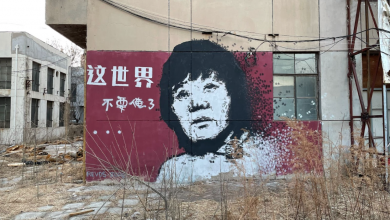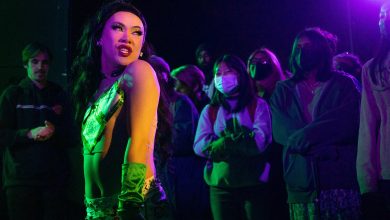The Shirley Temple You Didn’t Know
In case you weren’t alerted via your Instagram or Facebook feed, I regret to inform you of the death of Shirley Temple who passed Feb. 10 at the age of 85. Though Temple reached her peak of stardom long before I was in existence, I grew up watching her as if she was a contemporary artist. As a young girl you could find me emulating her tap dancing whilst envying her winning charm and iconic 56 gorgeous curls.
Of course, the actress is notable for her presence in Hollywood. Temple was the most popular movie star in America from 1935 to 1939 and was photographed more often than President Franklin D. Roosevelt himself. Before most of us could do basic mathematics, Temple received an honorary Academy Award at the age of six, conglomerating a net worth of over $3 million before hitting puberty.

However, unknown to many, this same young lady was a zealous advocate for breast cancer, a Republican fundraiser, an American ambassador, a chief of protocol and a United Nations delegate.
In 1967, Temple ran for Congress as a Conservative Republican, after her dancing partner George Murphy became a US Senator. In 1974, Black was appointed ambassador to Ghana and later Prague.
From her position as a Nixon’s UN delegate in 1969; to Ford’s chief of protocol from 1976-7; to George H. W. Bush’s ambassador to Czechoslovakia in 1989, Shirley Temple Black has had a huge presence in American politics.
Black was an advocate for the medical field as well, particularly multiple sclerosis and breast cancer because they had personally touched her life.
After getting a mastectomy, Mrs. Temple spoke out when cancer was still a taboo subject, telling women who had found lumps in their breasts not to “sit home and be afraid” and promoting dialogue around breast cancer.
After her brother George was diagnosed with multiple sclerosis, she was president of the Multiple Sclerosis Society in the early 1960’s and co-founder of the International Federation of Multiple Sclerosis Societies.
However, it should be noted that Temple went through a plethora of unconventional and debatably abusive childhood experiences. Her mother – who had made the decision early on to have Temple become a dancer – consented to her daughter’s performance in “Baby Burlesks.”
“Baby Burlesks” was a series of one-reel shots which 4- and 5-year-old children wore sexually-exploitive outfits- Temple starred in an off-the-shoulder blouse and satin garter. When any child misbehaved on set, they were locked in a windowless sound box with only a block of ice on which to sit.
However, Mrs. Black stated,
“So far as I can tell, the black box did no lasting damage to my psyche… Its lesson of life, however, was profound and unforgettable. Time is money. Wasted time means wasted money means trouble.”
Until the age of 12, Temple was only educated within the studio, and her friends were carefully chosen. Coming out of a sheltered childhood, Temple had to adapt to the real world quickly. As she grew into a young woman, the producer Arthur Freed exposed himself to her, she merely giggled and was thrown out of his office.
It is notable that Shirley greatly admired her mother and seems to feel that she raised her correctly, even when her mother allowed her to star in suggestive features and even convinced Temple to lie about her age to gain younger roles.
Though, as a modern-day feminist, I could easily be critical of her roles, I am not.
Temple did great things in her lifetime and I find her inspirational. Whether as a contemporary escape from my own life or a picker-upper for the Depression era, Temple’s charismatic smile has helped to bring a smile to many.




